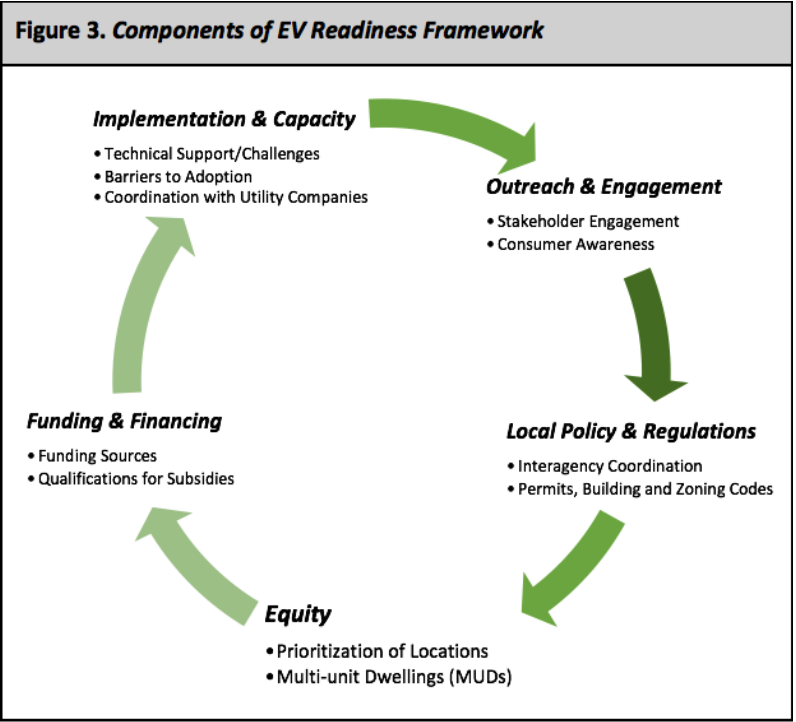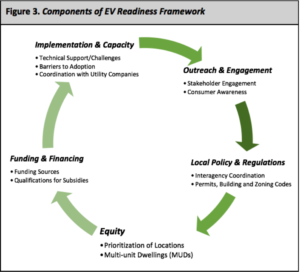Professor Hiro Iseki collaborated with his students on a paper on Electric Vehicle Readiness for local governments in Maryland. Please
read the full report here.
During the Spring 2021 semester, a team of four students of the Urban Studies and Planning Program (URSP) in the School of Architecture, Planning and Preservation (MAPP) at the University of Maryland conducted a project to assess the readiness of Maryland municipalities and provide policy and planning recommendations to increase their EV readiness. This project examines EV readiness across several municipalities and identifies challenges and opportunities, using a three-pronged strategy described in the next section.
The overarching questions answered in this project are:
- To what extent have local governments in Maryland planned and implemented EV readiness?
- In what ways can they increase their EV readiness using Best Practices from other jurisdictions facing similar challenges?
This document summarizes the project and its findings with a focus on highlighting the Best Practices from other jurisdictions across the country to provide practical policy and planning recommendations for municipalities in Maryland to consider. It includes a brief overview of the research methodology, followed by the major findings and recommendations.


